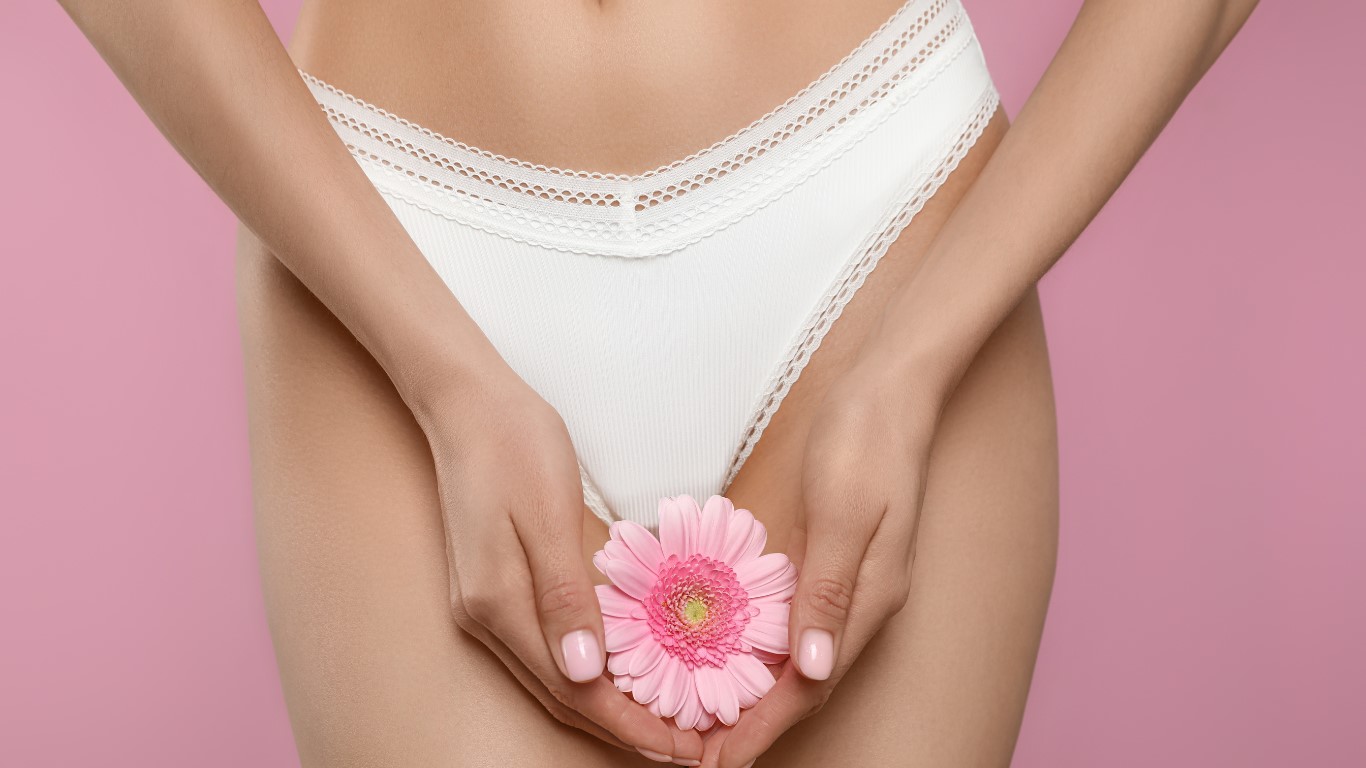
How to combat bladder weakness
Combating bladder weakness
Bladder weakness is characterized by the involuntary loss of urine in the form of drops or spurts.
We distinguish :
- stress urinary leakage (leakage during physical activity, coughing, sneezing, etc.)
- Urgent urinary leakage (bladder overactivity), characterized by the inability to hold back a pressing urge to urinate – frequently associated with the presence of an urgent need to urinate).
- mixed bladder weakness
As soon as bladder weakness becomes persistent and bothersome, it’s essential to consult a doctor so that the right solutions can be put in place.
The perineum is a muscle located on the lower wall of the pelvis (pelvic floor). It plays a major role in bladder tone. Its strength can be diminished in different circumstances, such as after childbirth, after weight loss, or with age.
During the nine months of pregnancy, the abdominal muscles stretch to make room for the baby, and it’s the perineum alone that will bear the child’s weight. The pelvic floor also suffers during childbirth, especially if the baby is corpulent or if there is a vaginal tear.
Post-partum perineal rehabilitation is very important, even if you feel you don’t need it, as in the case of a Caesarean section. While discomfort often occurs directly after childbirth, it can also appear several years later, or even only at menopause.
In the event of urinary leakage, it is standard practice to re-educate the perineum as the first line of treatment for urinary incontinence of any type.
Our solutions for bladder weakness:
- EMSELLA Chair